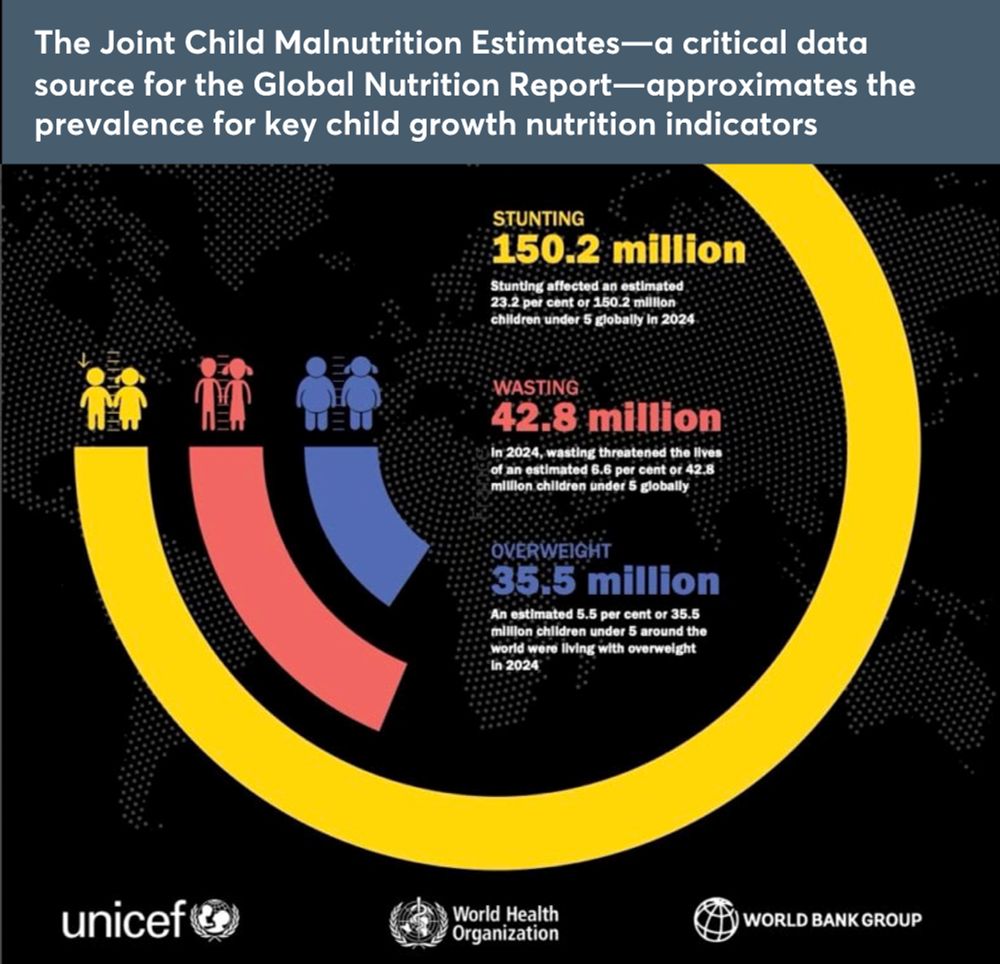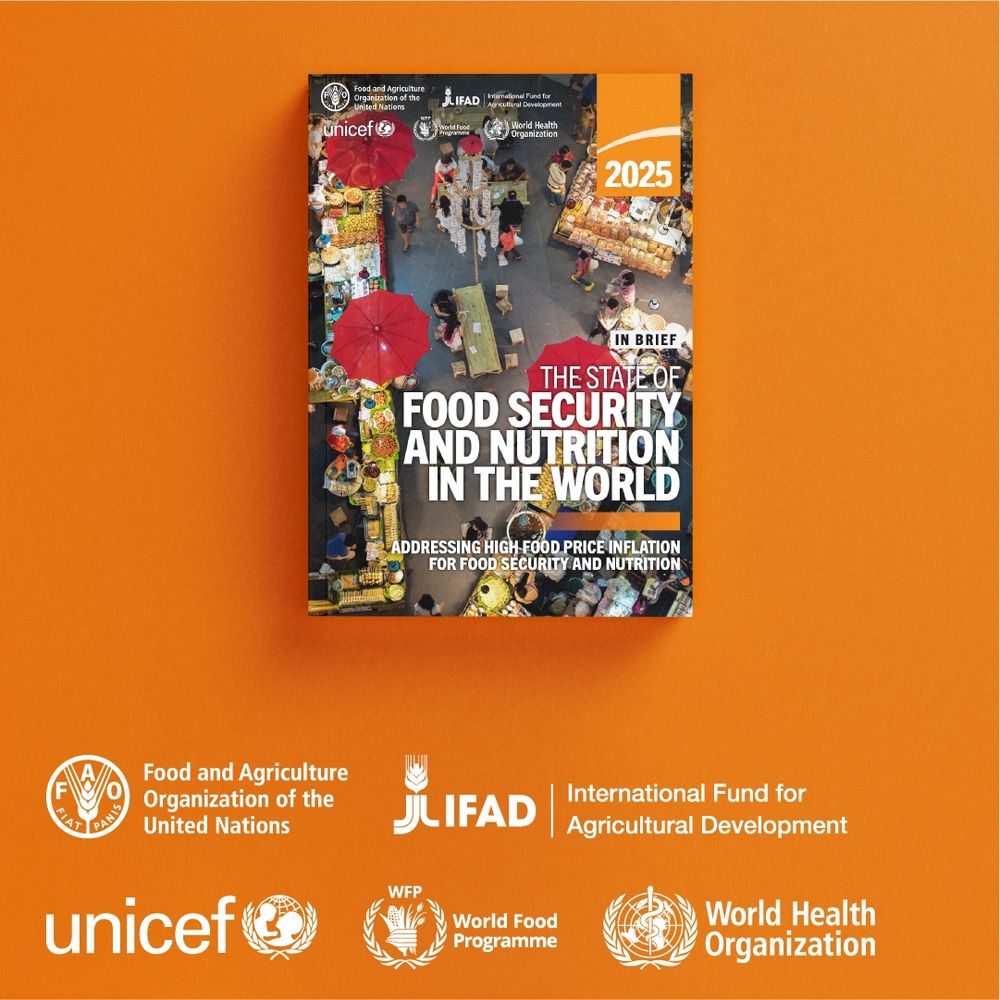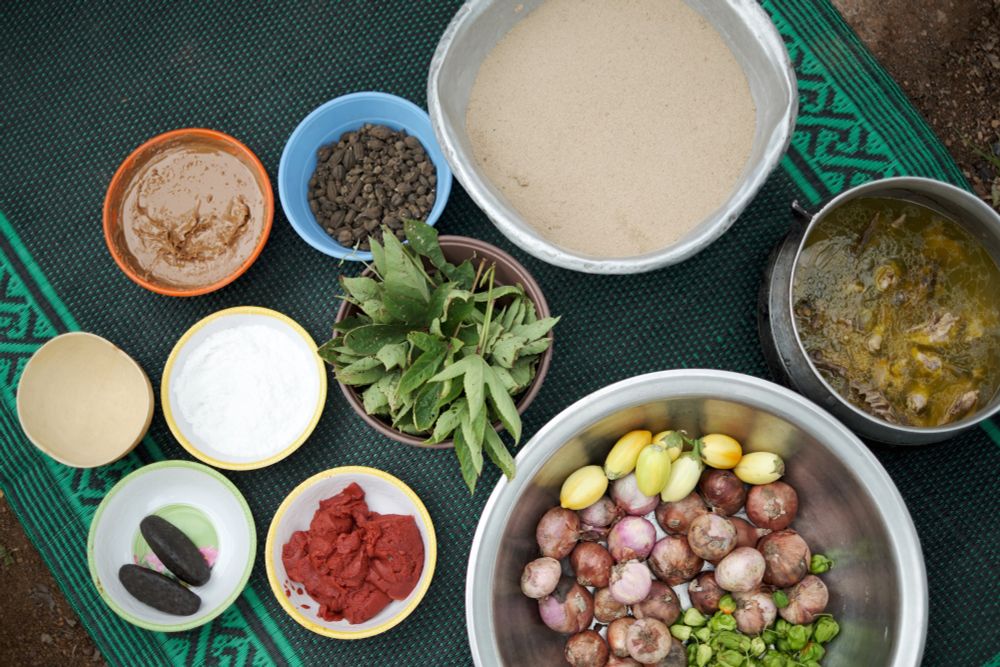Taryn Smith, PhD
@tarynsmith.bsky.social
290 followers
310 following
27 posts
Research Associate, University of Liverpool
Maternal & child nutrition | Global nutrition | Child development
Posts
Media
Videos
Starter Packs
Reposted by Taryn Smith, PhD
Reposted by Taryn Smith, PhD
Reposted by Taryn Smith, PhD
Reposted by Taryn Smith, PhD
Taryn Smith, PhD
@tarynsmith.bsky.social
· Jun 17
Taryn Smith, PhD
@tarynsmith.bsky.social
· Jun 17
Taryn Smith, PhD
@tarynsmith.bsky.social
· Jun 17
Taryn Smith, PhD
@tarynsmith.bsky.social
· Jun 17

Caregiver Nutrition and Nurturing Care: A Scoping Review
Suboptimal caregiver diets, food insecurity, caregiver under- and overnutrition, anaemia and low vitamin B6 status were associated with less responsive caregiving and fewer opportunities for early le....
onlinelibrary.wiley.com
Taryn Smith, PhD
@tarynsmith.bsky.social
· May 20
Taryn Smith, PhD
@tarynsmith.bsky.social
· May 20
Taryn Smith, PhD
@tarynsmith.bsky.social
· May 20
Taryn Smith, PhD
@tarynsmith.bsky.social
· May 20

Psychosocial Predictors of Infant and Young Child Feeding Practices Among Mother‐Child Dyads in Malawi and South Africa
We examined the associations between maternal psychosocial measures and infant and young child feeding practices in Malawi and South Africa. Mothers in South Africa recently exposed to intimate partn....
onlinelibrary.wiley.com
Taryn Smith, PhD
@tarynsmith.bsky.social
· May 20
Taryn Smith, PhD
@tarynsmith.bsky.social
· Apr 15

Thiamine Concentration in Human Milk Is Correlated With Maternal and Infant Thiamine Status: A Cross‐Sectional Analysis of the Lao Thiamine Study
Thiamine status of breastfed infants < 6 months of age is correlated with human milk thiamine concentration, which in turn is strongly correlated with maternal thiamine status in northern Lao PDR. Im...
onlinelibrary.wiley.com
Reposted by Taryn Smith, PhD
Taryn Smith, PhD
@tarynsmith.bsky.social
· Mar 11










